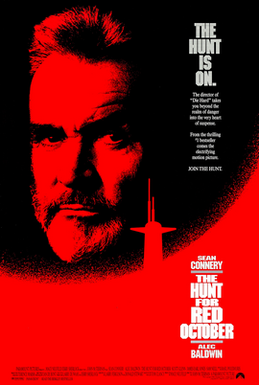- Also Known As:
- Unknown
- Language:
- Length:
- 129 minutes (Uncut)
- Review Format:
- DVD
- Year:
- 1959
- Countries:
- Predominant Genre:
- Science‑Fiction
- Director:
Director Stanley Kramer - Outstanding Performances:
- None.
- Premiss:
- The Atomic War is over: Nobody won.
- Themes:
- Advertising | Aggression | Alienation | Corporate Power | Courage | Destiny | Emotional repression | Ethnicity | Genocide | Grieving | Guilt | Identity | Loneliness | Love | Loyalty | Materialism | Narcissism | Parasitism | Personal | Political | Political Correctness | Propaganda | Rationality | Sadomasochism | Schizophrenia | Solipsism | Stereotyping | Terrorism | Totalitarianism | The West | White culture | White people | White privilege | White supremacy
- Similar to:






Caucasian Angst
Interesting example of White guilt and the White tendency to wring their hands over the extreme downside of their totalitarian culture: Armageddon.
Here, White people appear to have started a total world war – for undisclosed reasons – that could only end in world destruction. The only survivors shown are a handful of US Navy seamen and White Australians, who battle with their personal demons and the impending end of the world’s various civilizations with combinations of self‑pity, mock remorse, phony sexual‑intimacy and a would‑be profound sense‑of‑loss. Yet, what is lost is never dramatically‑explored. No‑one here wonders about the White culture that is rapidly‑dying, nor any of its positive achievements, nor about the fortunes of any other culture.
No Aboriginal Australians are shown here to provide a cultural contrast to the fake sans souci of the Whites depicted – and, tellingly, the former are not shown being given lethal pills to end their lives before the incurable ravages of radiation sickness destroy them after the fatal cloud of atomic fallout reaches Australasia. This is the usual narcissism of a White culture where the only events that matter are those that happen to Caucasians.
Despite the usual Hollywood love‑story melodrama, the core of a haunting and, ultimately, terrifying story still remains. In particular, Whites clinging to the last vestiges of hope that White culture can somehow continue – for example, the wishful‑thinking that heavy rains can wash‑away the fallout from the air – despite the overwhelming evidence to the contrary. The scenes of an utterly‑dead San Francisco (with no signs of bomb‑damage) is more chilling than any scenes of devastation could conjure‑up because the focus is squarely on the lack of people, not the usual innate Hollywood materialism of a focus upon property damage. The characterization aids this in being solid, but not profound, as ordinary people try to go about their everyday business with doomsday just around the corner, abetted by competent performers from a host of American movie stars.
In this predicted future-world (1964 to the film’s production date of 1959), Whites conduct themselves with as much dignity and decorum as they can muster and the lack of scenes of mass panic only serves to emphasize the human waste and loss of potential of the next generation that will never be; while perversely‑implying that Whites are the most civilized in their self‑destructive ways that also destroy all other civilizations. Certainly, if any people are going to destroy all human life on Earth, it will be White people.





No comments:
Post a Comment